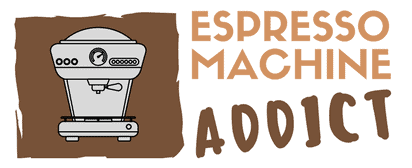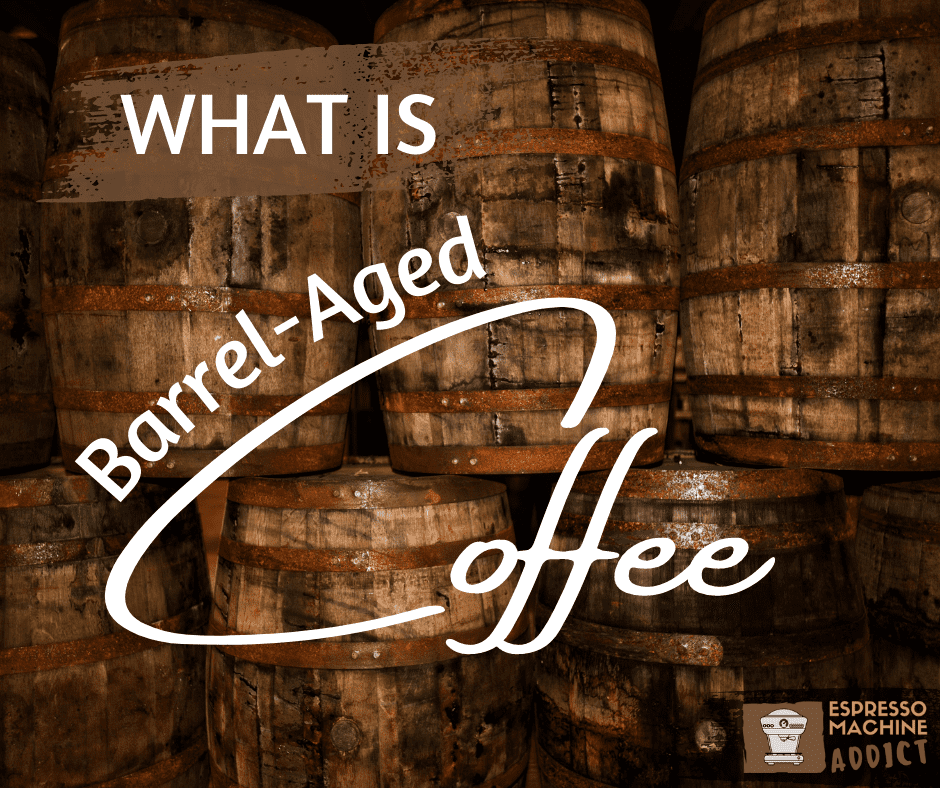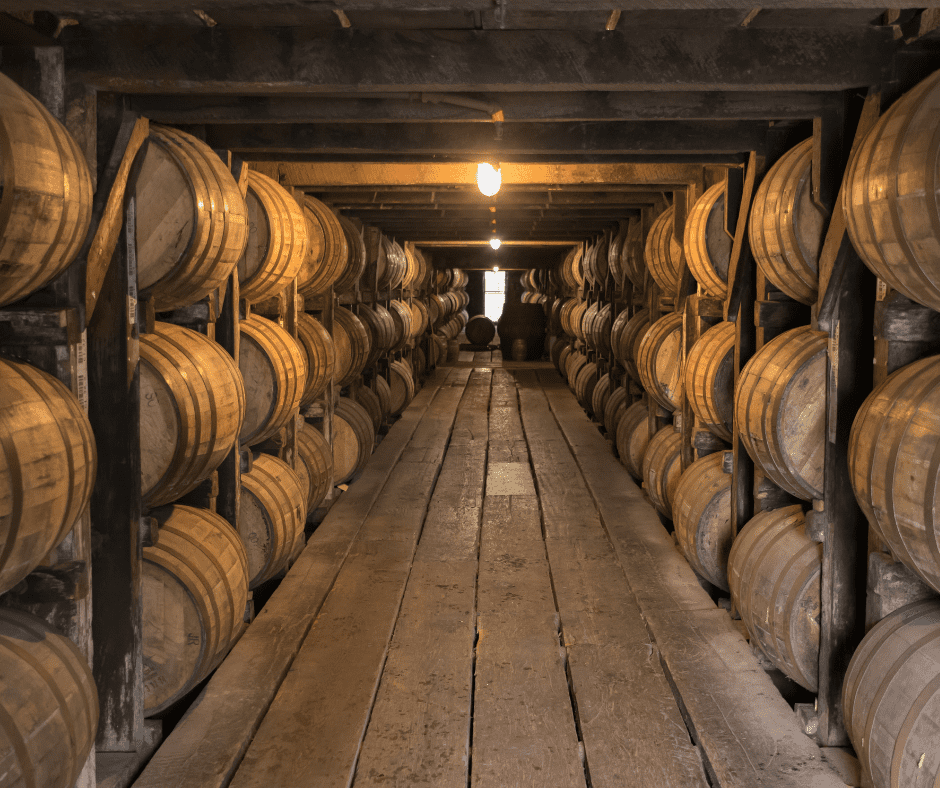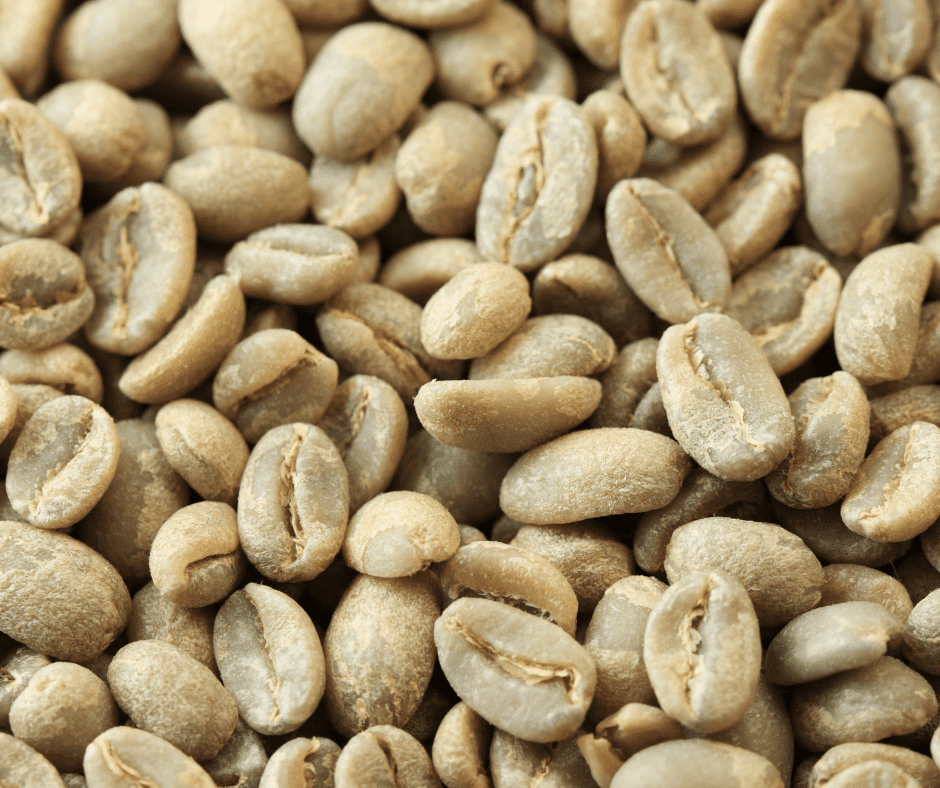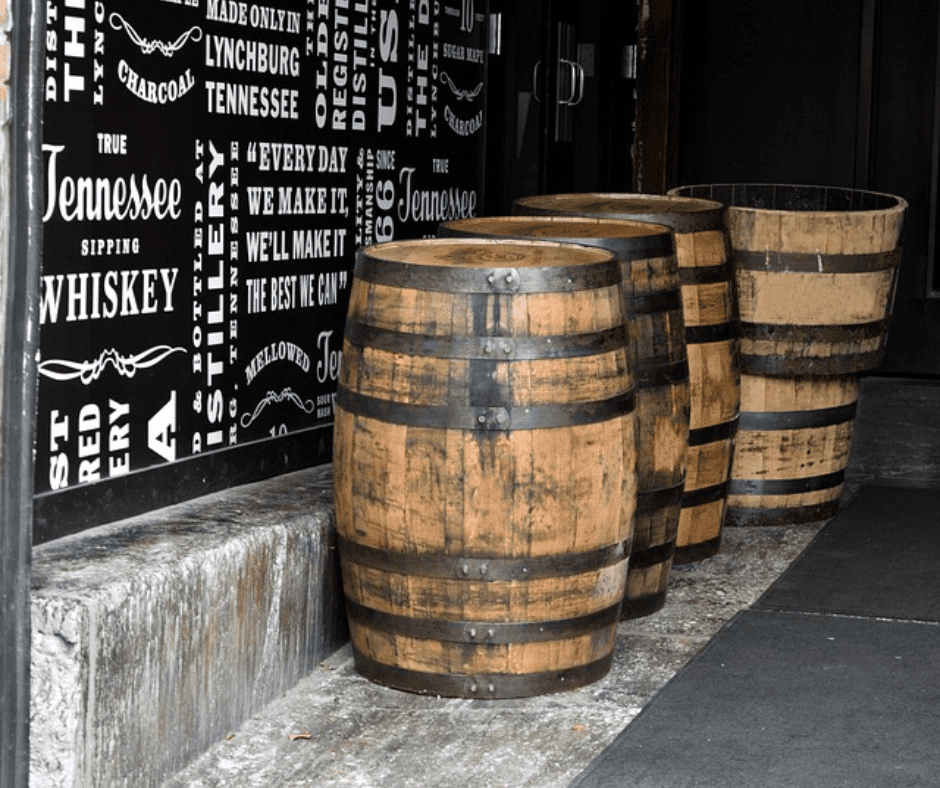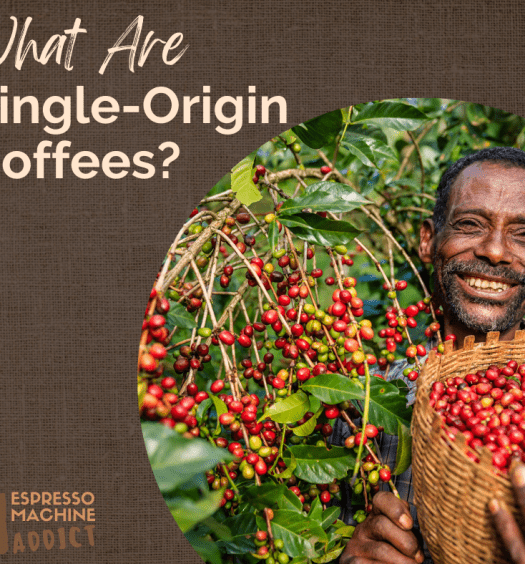What Is Barrel-Aged Coffee?
New coffee trends regularly emerge, allowing people to explore different and delicious ways to enjoy an often favorite beverage. One trend garnering a lot of attention is barrel-aged coffee, which imbues unique flavors into coffee beans to create a complex and invigorating coffee experience.
As a relatively new trend, even many coffee lovers aren’t entirely aware of what barrel-aged coffee is, how it tastes, and how it stands apart from the various other coffee types on the market today. With that in mind, here’s a closer look at barrel-aged coffee.
What Is Barrel-Aged Coffee?
As the name suggests, barrel-aged coffee involves coffee beans that are aged in barrels. However, the process doesn’t use just any type of barrel. Instead, it relies on retired liquor barrels, the ones that liquor distilleries use to age a variety of alcohols.
Generally, the whole bean aging process primarily involves allowing the coffee beans to sit sealed up in the barrel for a specific amount of time. After that passes, the coffee beans are roasted and prepared for sale.
What Does Barrel-Aged Coffee Taste Like?
Barrel-aged coffee crosses the flavor of roasted coffee with liquor, allowing it to combine the various flavor notes that come with each. The exact taste varies depending on several factors. First, the type of coffee bean and how it’s processed plays a role. Second, the kind of liquor the barrels once held is a factor. Finally, the roasting style alters the flavor.
As a result, barrel-aged coffees all have a unique taste. Since that’s the case, there isn’t a single flavor that is consistently part of every cup, particularly if they’re coming from different roasters or even different batches from the same roaster. However, some versions of barrel-aged coffee often have similar tasting notes, and profiles.
Barrel-Aged Coffee Flavor Notes and Profiles
As mentioned above, one of the key things determining the flavor of barrel-aged coffee is the type of liquor that was previously aged in the barrel. With a bourbon barrel, there’s often a touch of sweetness and hints of vanilla. You get a bit of earthiness and a nuttier flavor with whiskey barrels.
Rum barrels typically have a mix of sweetness and spice, and you might even get hints of fruitiness or caramel depending on the kind of rum the barrel held. When red wine barrels are used, you also get some earthiness, but the nature varies depending on the type of grapes used to make the wine.
All of the coffees also have wood notes since the barrels themselves are wooden. Usually, that leads to an oakiness, as white oak is one of the most popular barrel materials. But some distilleries use other woods for their barrels, including hickory and maple. As a result, you may find barrel-aged coffees with different wood notes based on the barrel used.
Still, white oak whisky barrels are usually the most popular option. Along with an intriguing flavor profile, white oak whisky barrels are often easier to come by than some of the alternatives. However, that doesn’t mean that you won’t find the other mentioned versions, as well as batches using different types of liquor barrels; they’re just less widespread.
Different Types of Barrel-Aged Coffee Beans
There isn’t just one type of coffee bean that’s used for brewing a good cup of barrel-aged coffee. Instead, many varieties are present within the market.
Sumatra and Latin American coffee beans are the most common types of barrel-aged coffee beans. The lower acidity lends itself well to the flavor profile that’s often created with barrel aging. Plus, they have an inherent richness and mellowness that lets other aspects of the taste stand out, leading to a more intriguing cup of coffee.
How Did Barrel-Aged Coffee Start?
Two concepts primarily inspired barrel-aged coffee. First, there are a wide variety of alcoholic drinks that combine coffee and liquor, so it’s known that the flavor profiles can work well together. However, some of the origins and natural flavors of this delectable coffee drink are attributed to the world of beer.
Barrel-aged beers that relied on retired liquor barrels have been on the market for a little while. Some say the first examples were brewed during the first half of the 1990s, with many crediting former Goose Island Brewery brewmaster Greg Hall with the innovation.
The origins of barrel-aged coffee are a little less clear, though many roasters experimented with the concept for years before it became a trend. Some of the early known batches were created in the early 2010s, though it’s possible the first roaster to attempt it did so before the barrel-aged coffee began making headlines.
What Types of Coffee Age Well in Barrels?
When it comes to barrel-aged coffee, not all types of coffee beans make good candidates. Generally, roasters favor coffee beans with low acidity. Higher-bodied coffee beans are also preferred in many cases.
Sumatra coffee beans take well to barrel aging, as they are a low-acidity coffee. As it ages, the flavor complexity increases, resulting in a rich taste with a hint of spiciness. Wet-processed Latin American coffee beans are also popular, as they have a slight sense of brightness while also taking on the flavor of the liquor well.
However, many roasters experiment with other varieties of coffee beans. As a result, you might see products featuring nearly any type of bean.
Is There Alcohol in Barrel-Aged Coffee?
Generally, there isn’t any alcohol in barrel-aged coffee by the time it reaches your cup. During the aging process, the beans do absorb some alcohol. However, the roasting process involves high heat. As a result, it typically burns all of the alcohol off.
Ultimately, the liquor that enters barrel-aged coffee beans leaves nothing but flavor behind once the roasting process finishes. Since that’s the case, it won’t impair your ability to drive and is servable to people who aren’t of legal drinking age.
What Makes Barrel-Aged Coffee Different?
Generally, what most people notice when it comes to the differences between barrel-aged coffee and the various alternatives is the different flavor profiles. However, where it really stands apart involves the aging process.
First, barrel-aged coffee creators get their hands on liquor barrels that distilleries are retiring. By aging the coffee in the barrels, the coffee beans are imbued with some of the flavors of the liquor. Usually, that process takes between two and three weeks, though some roasters prefer the coffee beans to remain longer to create a more noticeable and robust flavor.
Second, this process starts with green coffee beans. Since they aren’t yet roasted, they’re in the best position to take in as much of the flavor as possible. As a result, some of the aroma and the liquor taste remains after the coffee beans are roasted. In turn, you get that flavor when you brew a cup of barrel-aged coffee.
Another unique feature of barrel-aged coffee is that each batch from one roaster can have a slightly different flavor profile. Mainly, this is because there’s no way to gauge how much of the alcohol is absorbed into the wood and how much will remain as time passes. As a result, the liquor flavor becomes less pronounced over time, as repeated use of the same barrel diminishes the amount of liquor in the wood.
However, that can actually make barrel-aged coffee more fun to explore. Every batch becomes a new flavor adventure. Since that’s the case, it’s a type of coffee that’s worth repeatedly trying, as every batch will bring something unique to the table.
How to Brew Barrel-Aged Coffee
Since barrel-aged coffee is rising in popularity, it’s generally easy to find bags of beans through major online retailers and directly through roasters that create it. However, when it comes to the preferred brewing method, there’s some debate.
Many people favor the cold brew method for whisky barrel-aged coffee. Primarily, that’s because the longer brewing time gives the flavors more of a chance to develop, which leads to a more intriguing cup. But that doesn’t mean that brewing a whiskey barrel-aged coffee hot spoils the experience. Instead, the flavor is milder, which some people may prefer.
Additionally, traditional brewing – such as using a drip coffeemaker – is friendly for enjoying barrel-aged coffee at home. Cold brewing usually requires specific equipment, and not everyone wants to invest. But if you’re after a stronger flavor profile without a significant investment, consider using the French press method over drip. The result is usually more nuanced, allowing you to enjoy this coffee trend without breaking the bank.
